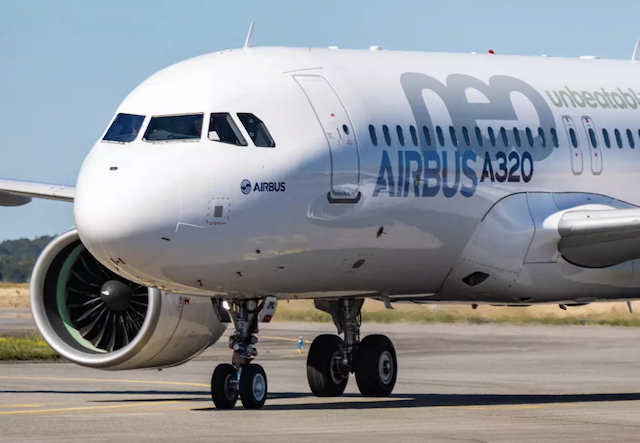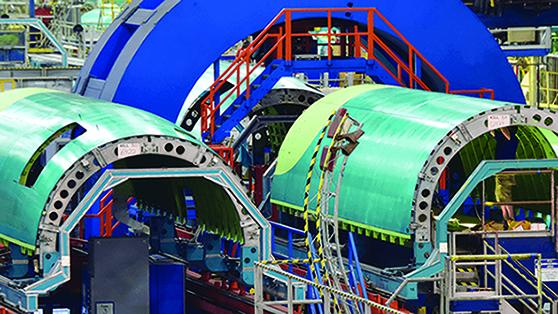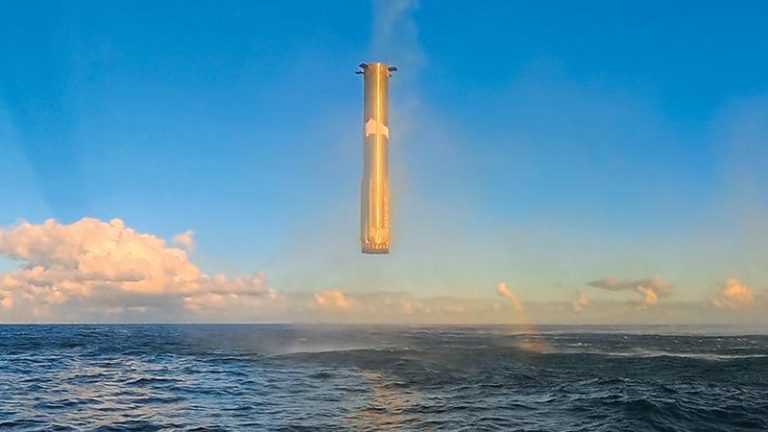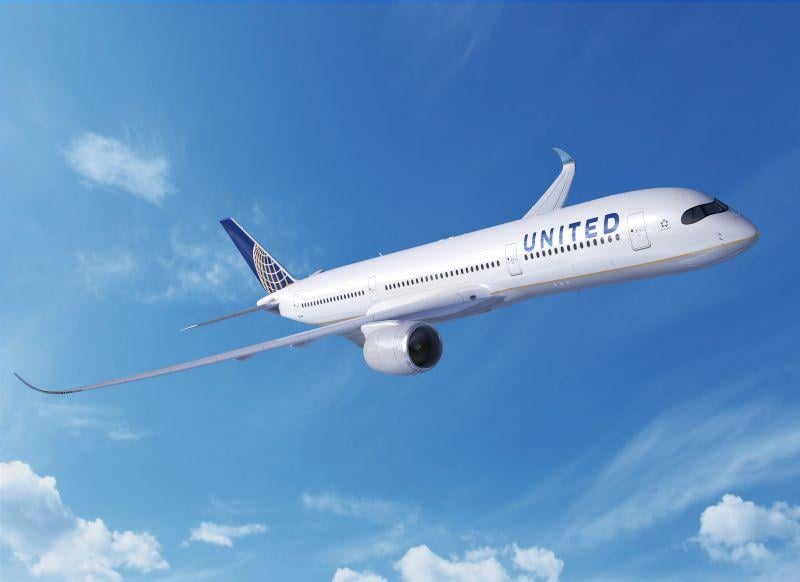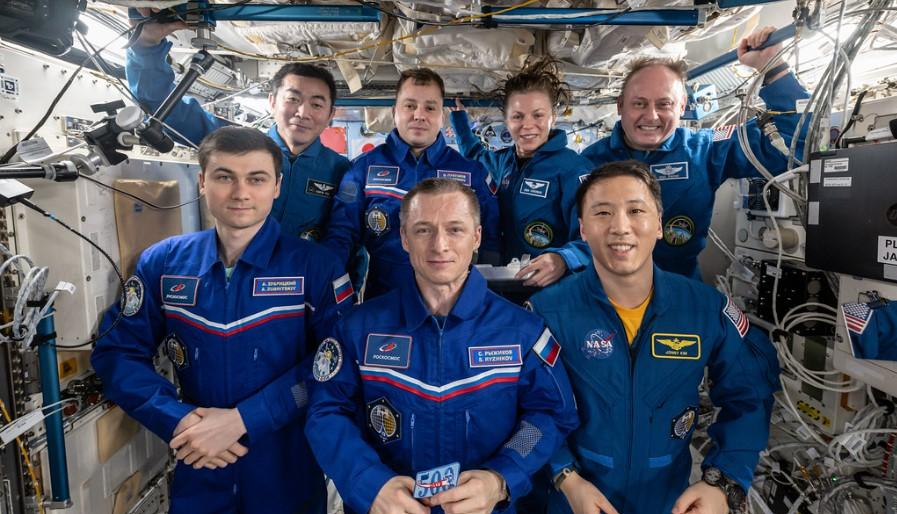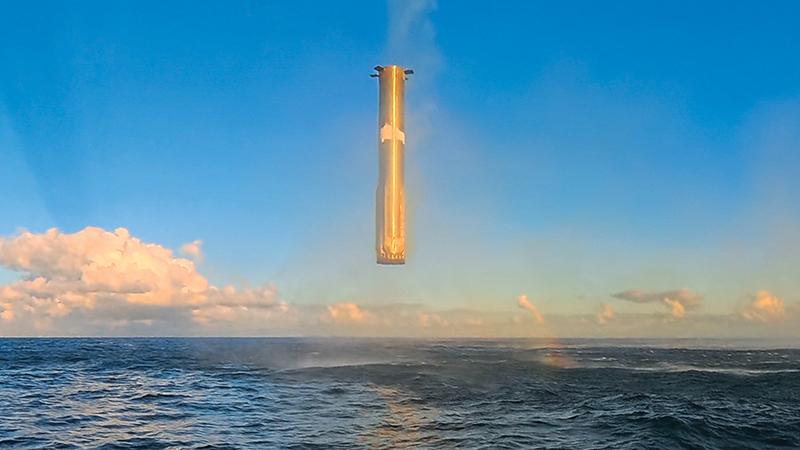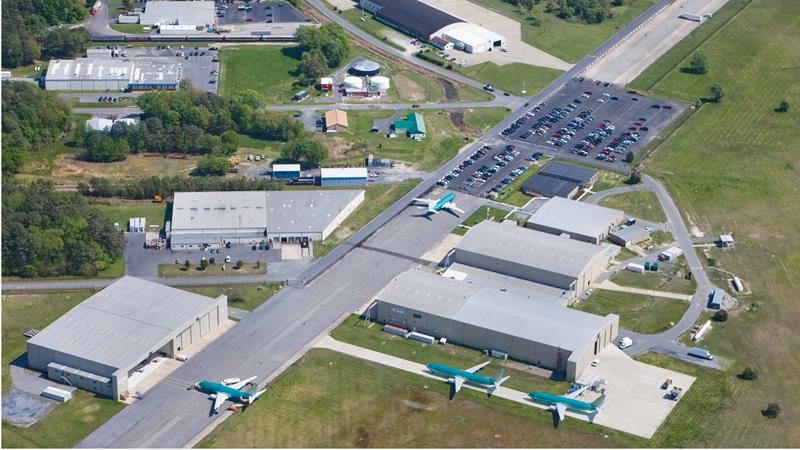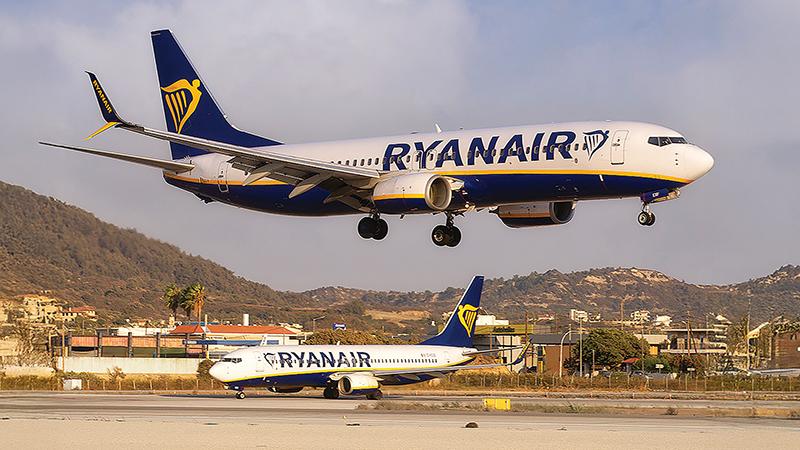Sikorsky has modified an ex-U.S. Army UH-60L Black Hawk into a flight demonstrator for the proposed U-Hawk uncrewed utility aircraft.
The demonstrator is on display at the Association of the U.S. Army (AUSA) convention in Washington, D.C., on Oct. 13-15. The Lockheed Martin company purchased the surplus rotorcraft early this year, and expects to fly the demonstrator early in 2026, says Richard Benton, vice president and general manager of Sikorsky. The company plans to fly the demonstrator in Army exercise and experiments.
The cockpit and crew chief’s station have been removed and a new nose fitted with clamshell cargo doors and a loading ramp. The U-Hawk can accommodate an uncrewed ground vehicle (UGV) in the forward cabin and a “quiver” for uncrewed launched effects (LE) in the rear. Positioned to dispense air-launched LEs through the H-60’s through the main cabin door, the quiver is sized to accommodate 50 of the Army’s planned short-range LE or 24 of the larger medium-range LE, says Ramsey Bentley, director of strategy and business development for Sikorsky advanced programs.
Long-range LE would be carried on external pylons. In an Army air assault, the U-Hawk would fly ahead of the soldiers into the landing zone, first dispensing LE then landing to disembark the UGV and departing before the soldiers arrive – what the Army terms “metal-to-metal first contact,” Bentley says.
In the logistics mission, the U-Hawk can carry three JMIC cargo containers or a Himars artillery rocket pod internally. Sikorsky has increased the internal payload to 7,000 lb., Bentley says, and the aircraft can carry 9,000 lb. on an external hook. Combined maximum payload is 10,000 lb. The objective of the U-Hawk project to offer the Army the capability to take UH-60Ls it is retiring and convert them to conduct contested logistics, combat support and disaster-relief missions, as well as wildfire suppression and international applications, he says.
Sikorsky previously modified an ex-Army UH-60A to the Black Hawk Optionally Piloted Vehicle (OPV) demonstrator, installing fly-by-wire flight controls and the company’s Matrix autonomy system, developed under DARPA’s Alias program. While the OPV retains the ability to be piloted, the U-Hawk is fully autonomous. Matrix enables the helicopter to be operated by a minimally trained soldier on the ground, using a tablet.
“The OPV H-60 is a human-rated uncrewed aircraft system, which comes with a price point. The U-Hawk has a lower price point,” says Igor Cherepinski, director of Sikorsky Innovations, the company’s rapid prototyping unit.
Sikorsky developed the OPV system using the traditional model of an OEM working with Tier 1 suppliers. “The price is what you would expect,” he says. “For U-Hawk we brought the cost down through vertical integration.” OPV H-60, U-Hawk and Sikorsky’s new Nomad family of rotor-blown wing uncrewed aircraft use the same Matrix autonomy software.
To reduce costs, Sikorsky has developed its own fly-by-wire vehicle management system (VMS) and actuation systems for the U-Hawk. The VMS costs tens of thousands of dollars versus hundreds of thousands for the VMS in the OPV Black Hawk, he says, adding the objective of the aircraft on display at AUSA is “to demonstrate our ability to meet the cost requirements.”




